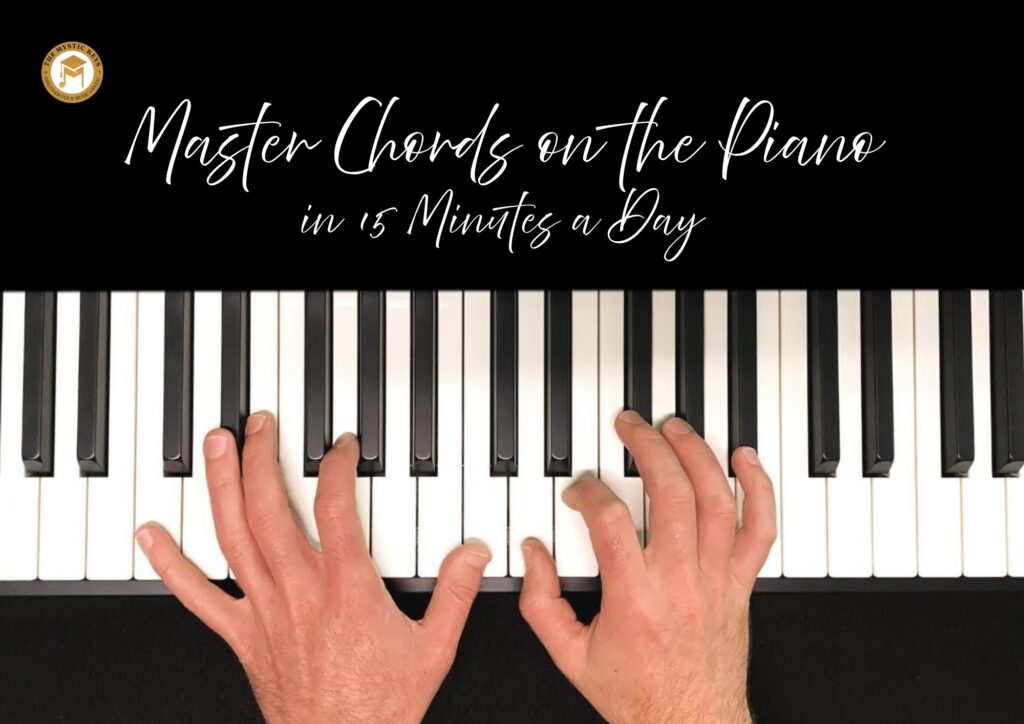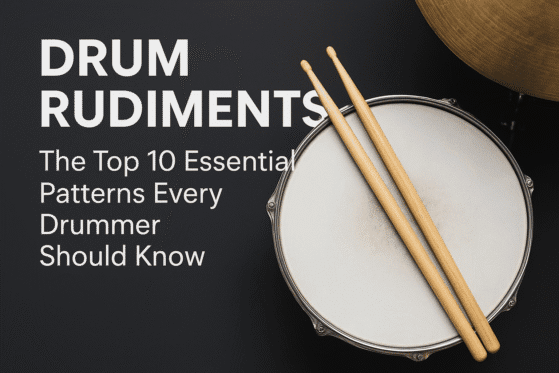Master Chords on the Piano in 15 Minutes a Day
When you first sit at the piano, the 88 keys can feel overwhelming. Where do you even start? Should you dive into scales, sheet music, or complex finger exercises? For many beginners, this is where frustration sets in. But here’s a secret: you don’t need to learn everything at once. If you focus on chords, you’ll unlock the ability to play songs quickly, accompany others, and sound like a real musician—even with just 15 minutes of daily practice. That’s why one of the fastest ways to progress is to Master Chords on the Piano—a skill that turns confusion into confidence and makes playing more enjoyable from the very beginning.
In this guide, we’ll walk through why chords matter so much, how to structure your 15-minute routine, and what kind of progress you can realistically expect over time. You’ll see that learning piano doesn’t have to be endless hours of practice—it’s about practicing smart.

Why Master Chords on the Piano is the Key to Musical Freedom
Imagine hearing your favorite song stripped of its background chords. All that’s left is a single melody line. It sounds empty, doesn’t it? That’s because chords provide the harmony and depth that bring music to life.
Chords serve several important purposes:
They make music sound full. A melody alone is like a story without setting. Chords add richness and context.
They’re shortcuts to songs. Instead of reading every single note on a sheet, you can learn the chord structure and play the song much faster.
They help with accompaniment. If you want to sing or play with others, knowing chords is the fastest way to keep up.
They unlock creativity. Once you know chords, improvisation and songwriting feel natural.
They make theory practical. Music theory isn’t just abstract ideas—chords put theory directly under your fingers.
This is why so many self-taught pianists start with chords. They give you quick wins, keep you motivated, and lay a foundation you can build on for years.
Now that you understand their importance, let’s explore how just 15 focused minutes can put you on the path to mastering them.

The 15-Minute Daily Routine to Master Chords on the Piano
The challenge isn’t really about finding hours to practice—it’s about being intentional with the time you already have. Many beginners sit at the piano and play aimlessly, hoping progress will happen on its own. But without structure, even long sessions can leave you frustrated. That’s why a short, focused plan works so well. In fact, a carefully designed 15-minute routine can often give you more progress than an hour of unstructured practice.
If your goal is to truly Master Chords on the Piano, this approach is the key. Instead of worrying about how much time you don’t have, let’s look at how you can make the most of the time you do. Here’s a step-by-step routine to help you use those minutes wisely and start building real confidence at the piano.

Warm-Up (2 minutes)
Think of this as stretching before a workout. It doesn’t take long, but it prepares your fingers and brain.
Play the C major scale slowly, hands separate if you’re a beginner.
Focus on even tone, smooth finger crossing, and relaxed hands.
If time allows, play the scale with both hands together once or twice.
Why this matters: scales strengthen coordination and prepare your hands for chords, which often use the same finger positions.
Once you’ve loosened up, it’s time to build the real foundation—your first chords.
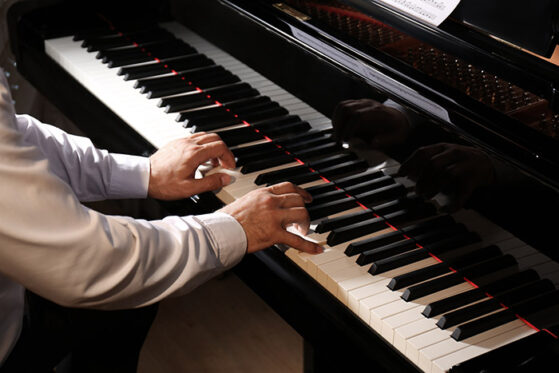
Learn & Review Basic Chords (5 minutes)
The first step is learning the essential major and minor chords. These are the backbone of most songs you’ll ever play.
Start with these six:
C major, F major, G major (the most common in beginner songs).
A minor, D minor, E minor (to cover the minor family).
How to practice them:
Play each chord in root position (all notes stacked neatly).
Say the chord name out loud as you play—this reinforces memory.
Play them in both hands, even if your left hand just plays the root note.
Quick formula for building chords:
Major = Root + 4 half steps + 3 half steps.
Minor = Root + 3 half steps + 4 half steps.
This formula allows you to construct any chord without memorizing every shape. Try building D major or B minor using this method—it’s powerful.
Once you’re familiar with the chords, the next step is learning how they work together.

Practice Chord Progressions (5 minutes)
Chords rarely live alone; they’re most powerful in progressions—sequences that repeat and form the backbone of songs.
Here are two you should focus on first:
I–IV–V–I (C–F–G–C in C major)
Why it matters: This is the foundation of countless folk, blues, and rock songs.I–V–vi–IV (C–G–Am–F in C major)
Why it matters: This is the “pop progression” you’ll hear in hundreds of chart-toppers.
How to practice:
Play slowly, switching chords smoothly.
Start with your left hand holding the root note and your right hand playing the full chord.
Once you’re comfortable, try playing the right-hand chord in rhythm (like two beats per chord) while the left hand holds steady.
By practicing progressions, you stop playing isolated shapes and start playing real music.
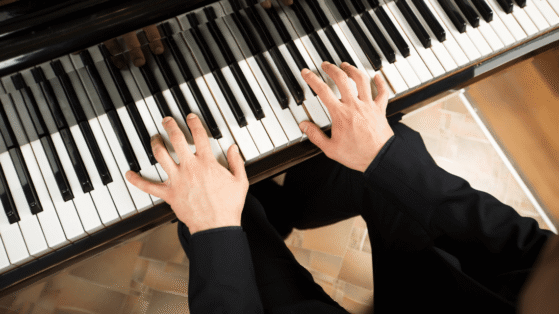
Rhythm & Inversions (3 minutes)
Now that you can play chords, the goal is to make them flow. This is where inversions come in.
An inversion is simply a chord with its notes rearranged. For example, instead of C–E–G, you might play E–G–C.
Why use them? They make chord changes smoother and reduce hand movement.
Practice tip:
Take your progression (C–G–Am–F). Instead of jumping around the keyboard, try using the closest inversion of each chord. Notice how much smoother it sounds.
Finally, add rhythm:
Play whole notes (holding each chord).
Then try half notes, quarter notes, or break chords into simple patterns.
Even a basic rhythm can make your chords sound like real accompaniment.
With this final step, your 15 minutes will feel less like practice and more like actual music-making.
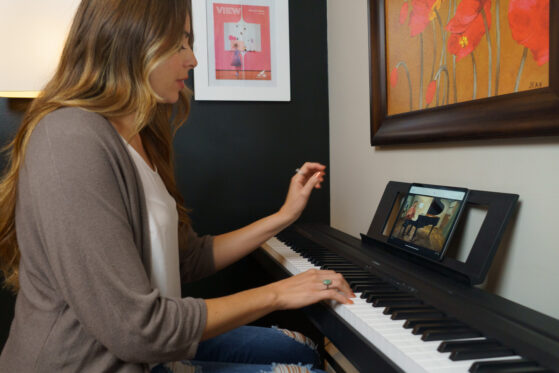
Tips to Master Chords on the Piano Faster
While the routine above is solid, you can speed up your progress by adding a few smart strategies. Think of them as little boosters that make your 15 minutes even more effective.
One helpful approach is to focus on one key per week. Instead of overwhelming yourself with all 12 keys at once, start with C major (no sharps or flats), then gradually move on to G, F, D, and so on. This way, you’ll build confidence step by step without overload.
Another game-changer is practicing with a metronome. Timing matters just as much as accuracy, and a steady beat trains your sense of rhythm while keeping your chords consistent.
You can also sing while you play. Even if you don’t consider yourself a singer, this habit connects the chords to real music, helping your ear and memory at the same time.
Most importantly, don’t just stay in practice mode—apply your chords to real songs. Choose a favorite tune and play along. The joy of hearing music you love under your fingers will keep motivation high.
Finally, remember that smoothness comes with time. Be patient with chord transitions. They may feel clumsy at first, but with steady practice, they’ll become second nature.
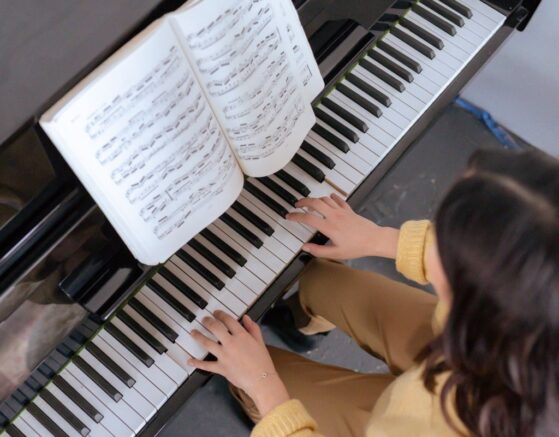
What Happens When You Master Chords on the Piano Over Time
With consistent 15-minute sessions, you’ll gradually begin to Master Chords on the Piano, and the progress will reveal itself step by step.
At first, within just two weeks, you’ll notice that basic major and minor chords no longer feel intimidating. Your fingers will start finding the right notes more easily, and you’ll recognize these chords by sight and sound.
As you move into the first month, the individual chords begin to connect. Progressions that once felt clumsy will start to flow more smoothly, giving your practice sessions a musical quality rather than a mechanical one.
By the time you reach two to three months, something exciting happens—chord inversions become natural. Instead of jumping awkwardly across the keyboard, you’ll glide between chords with ease, and you’ll find yourself confidently applying them to real songs.
Fast-forward to six months, and your playing takes on a new life. You’ll not only accompany singers or yourself comfortably but also play many songs by ear and even experiment with your own arrangements. At this point, you won’t just be practicing—you’ll truly be making music.
This steady growth is the direct result of short, focused practice—not long, exhausting hours. Every 15-minute session builds upon the last, steadily moving you closer to your goal of being able to Master Chords on the Piano with confidence and joy.
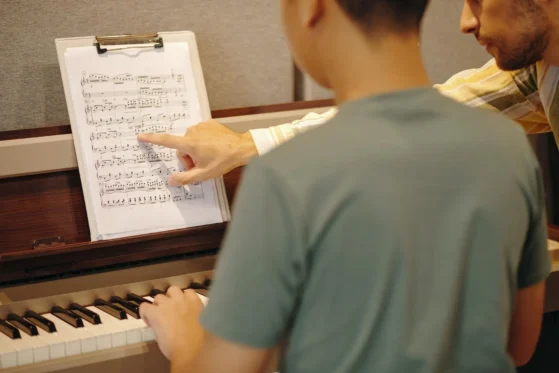
Final Thoughts | Your Path to Master Chords on the Piano
Mastering chords on the piano isn’t about grinding for hours—it’s about consistent, intentional practice. By dedicating just 15 minutes a day, you can unlock the secret to playing fuller, richer music, accompany yourself with confidence, and even start composing your own songs.
And this is exactly why learning to Master Chords on the Piano should be your first step. Instead of feeling overwhelmed by the 88 keys, you can focus on a handful of shapes that open the door to countless songs. Little by little, those simple chords will build into progressions, and progressions will turn into music you actually enjoy playing.
At The Mystic Keys, we guide students worldwide through this very journey with our Piano Lessons Online. Whether you’re starting fresh or looking to sharpen your skills, our structured approach ensures that every minute at the piano counts.
So don’t wait until you “have more time.” Stick to this routine, stay consistent, and watch as the piano shifts from something intimidating into a tool of creativity and joy.
Your journey to Master Chords on the Piano begins today—with just a quarter of an hour. And if you’d like expert guidance along the way, our team at The Mystic Keys is here to help you take that next step with confidence.
For more information and exciting resources about learning music, visit our website at The Mystic Keys. For more music content and exciting offers follow us on
Facebook, Instagram, YouTube, LinkedIn, Twitter, Pinterest, and Threads.


